Ambulatory & Post-Acute Care
Sample Solutions
Patient Population Management
Identifying High-Risk Patients: Identify patients at higher risk for chronic conditions or specific health issues to proactively manage care, preventing complications and reducing healthcare costs.
Tailored Care Plans: Leverage data to create personalized care plans based on individual patient needs. This patient-centered approach can lead to improved outcomes and patient satisfaction.
Operational Efficiency
Improving Appointment Access: Optimize appointment scheduling by analyzing historical data to identify peak appointment times, reduce wait times, and improve patient access to care and better utilize resources.
Streamline Workflows: Identify inefficiencies in practice workflows to optimize staff schedules, support equitable workload distribution, reduce wait times, and improve the provider and patient experience.
Clinical Decision Support
Augment Clinical Decision Making: Provide clinicians with valuable insights, including evidence-based guidelines and best practice and patient physiologic trajectory, at the point of care to support informed treatment decisions and high-quality care.
Quality Improvement
Monitor Key Performance Indicators: Track performance on key measures related to clinical quality, patient safety, and overall practice performance.
Compare Performance: Benchmark performance against peer practices to provide insights into areas for improvement and opportunities to adopt best practices.
Revenue Cycle Management
Identify Billing and Coding Opportunities: Assist revenue cycle management by identifying coding errors, improving claims submission processes, and optimizing reimbursement strategies.
Supply Chain Management
Optimizing Inventory: Leverage historical data trends and predictive analytics to manage inventory efficiently, ensuring that medical supplies and medications are adequately stocked. This reduces waste, prevents shortages, and contributes to cost savings.



